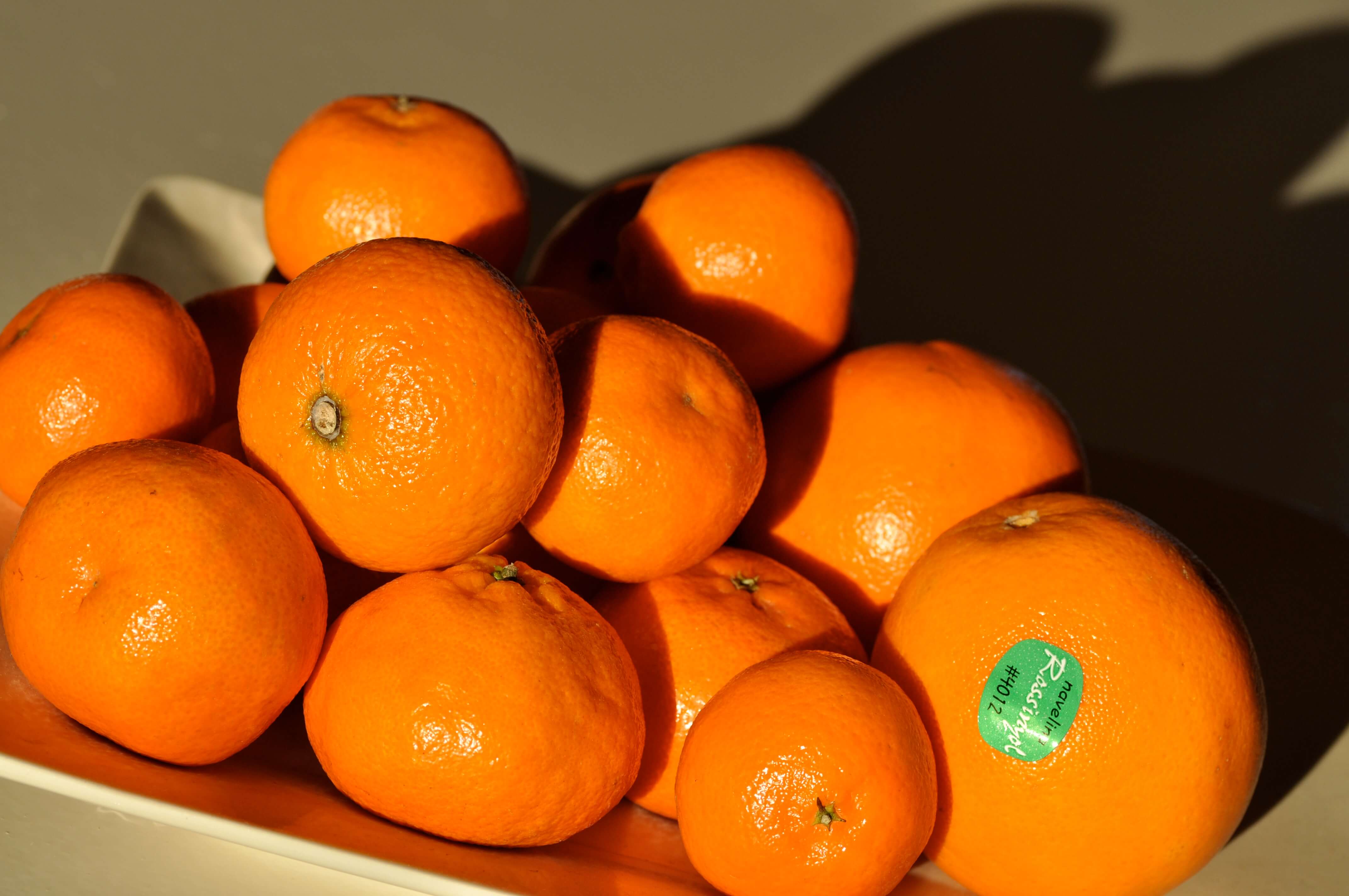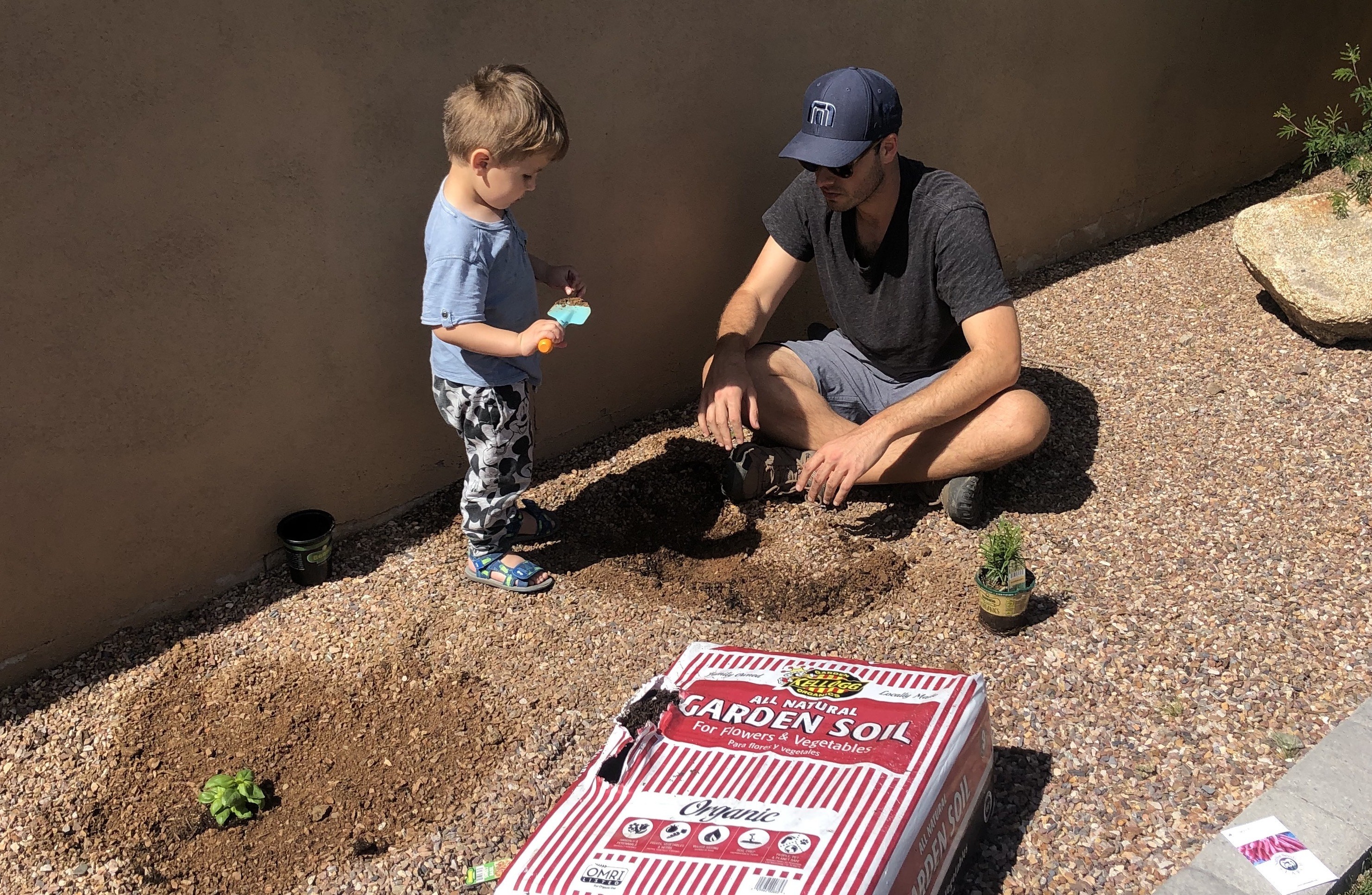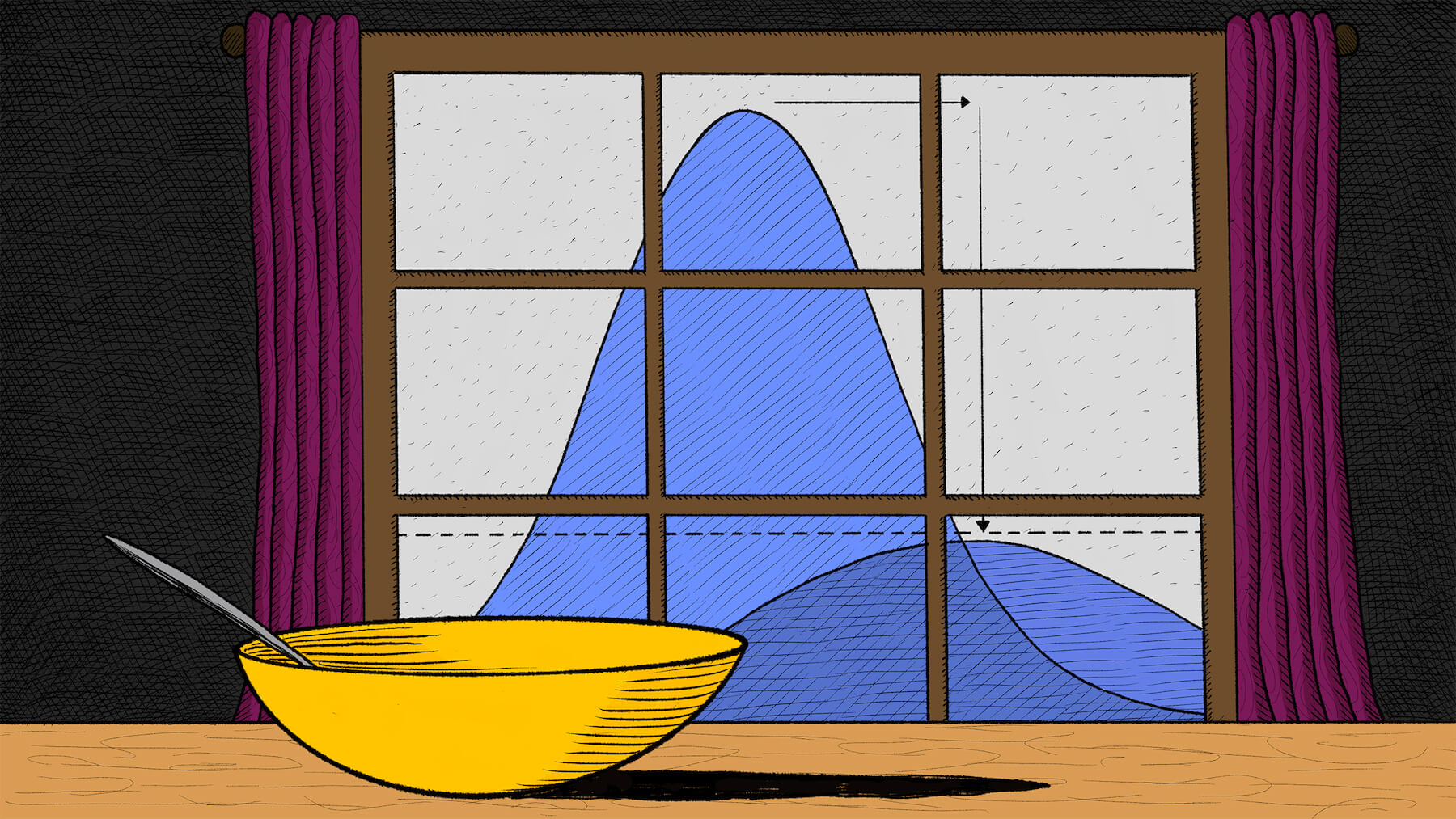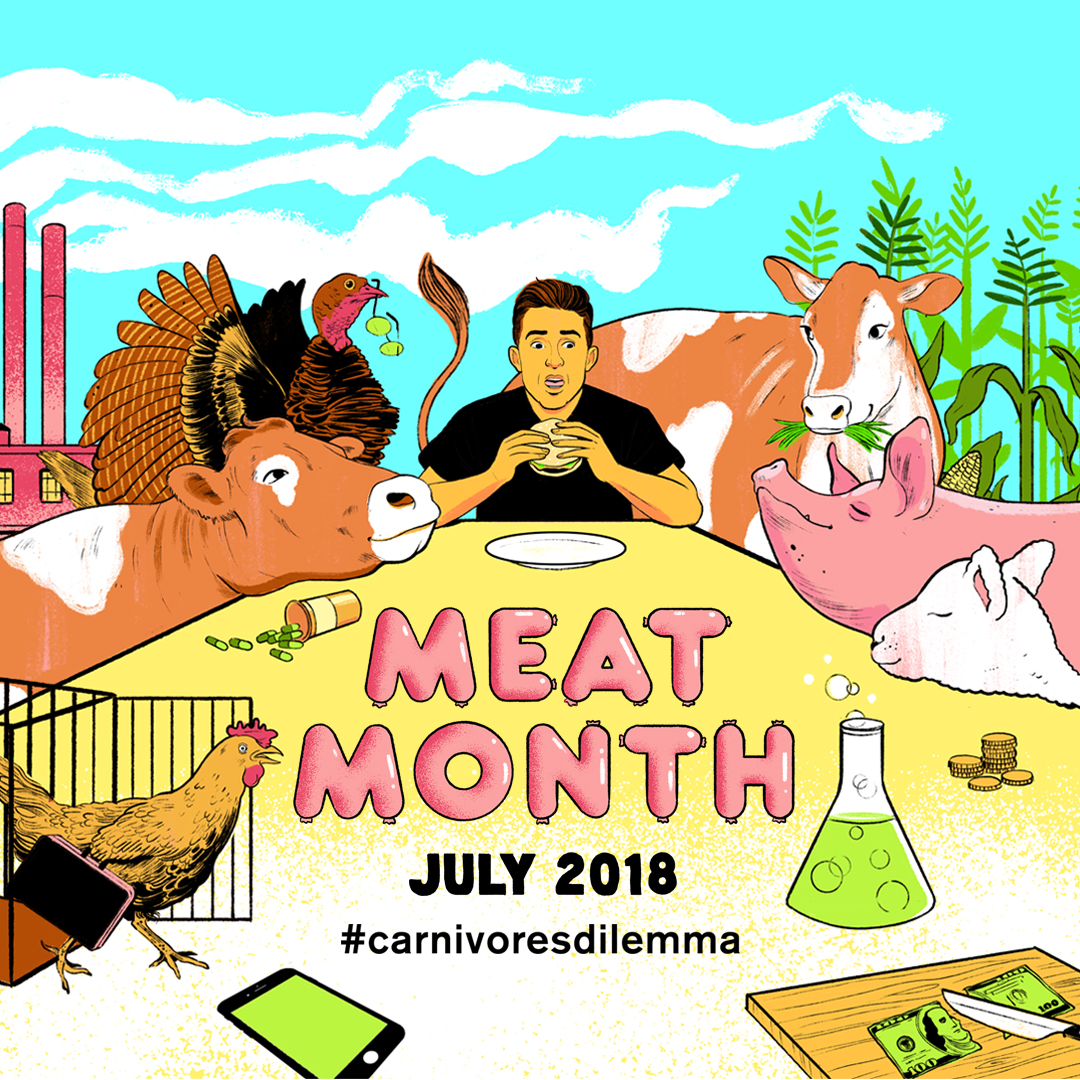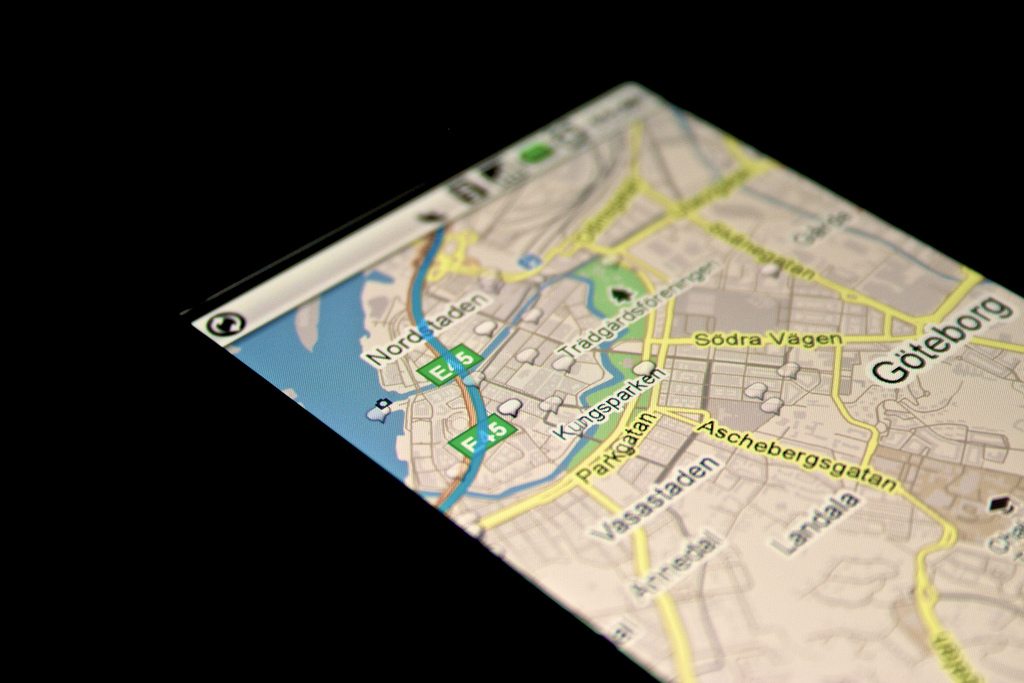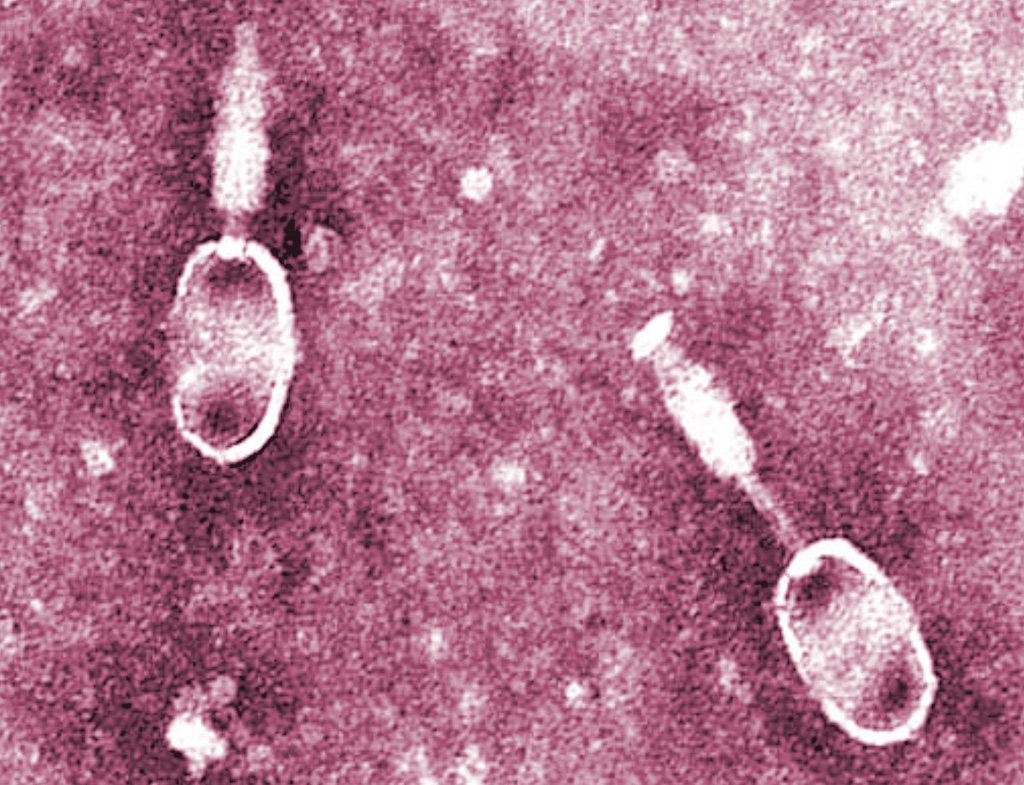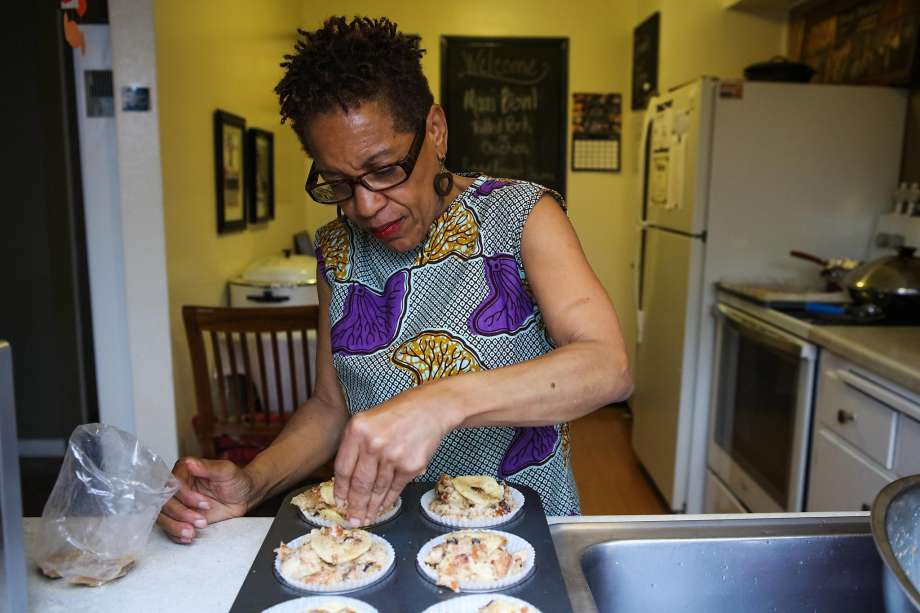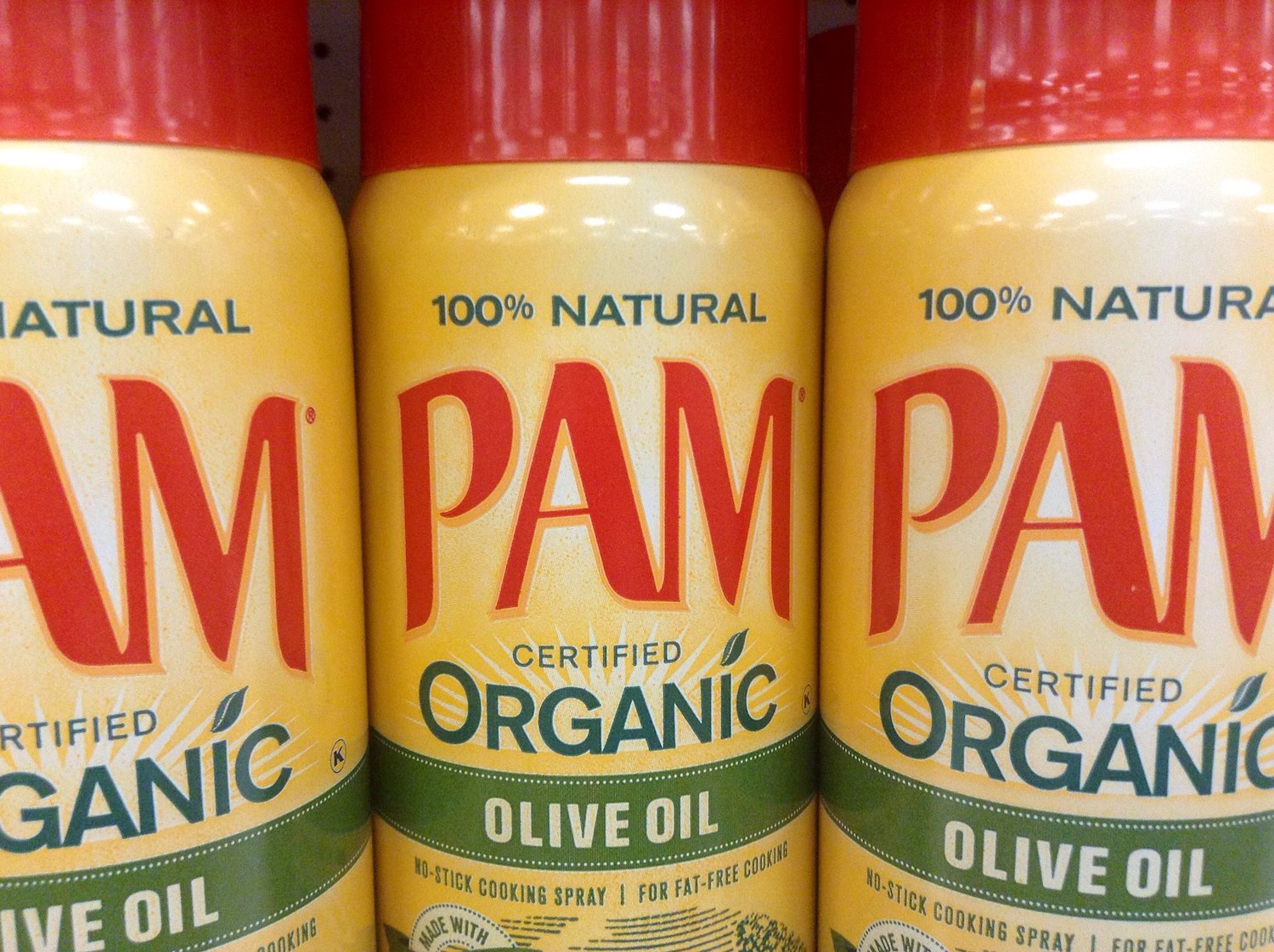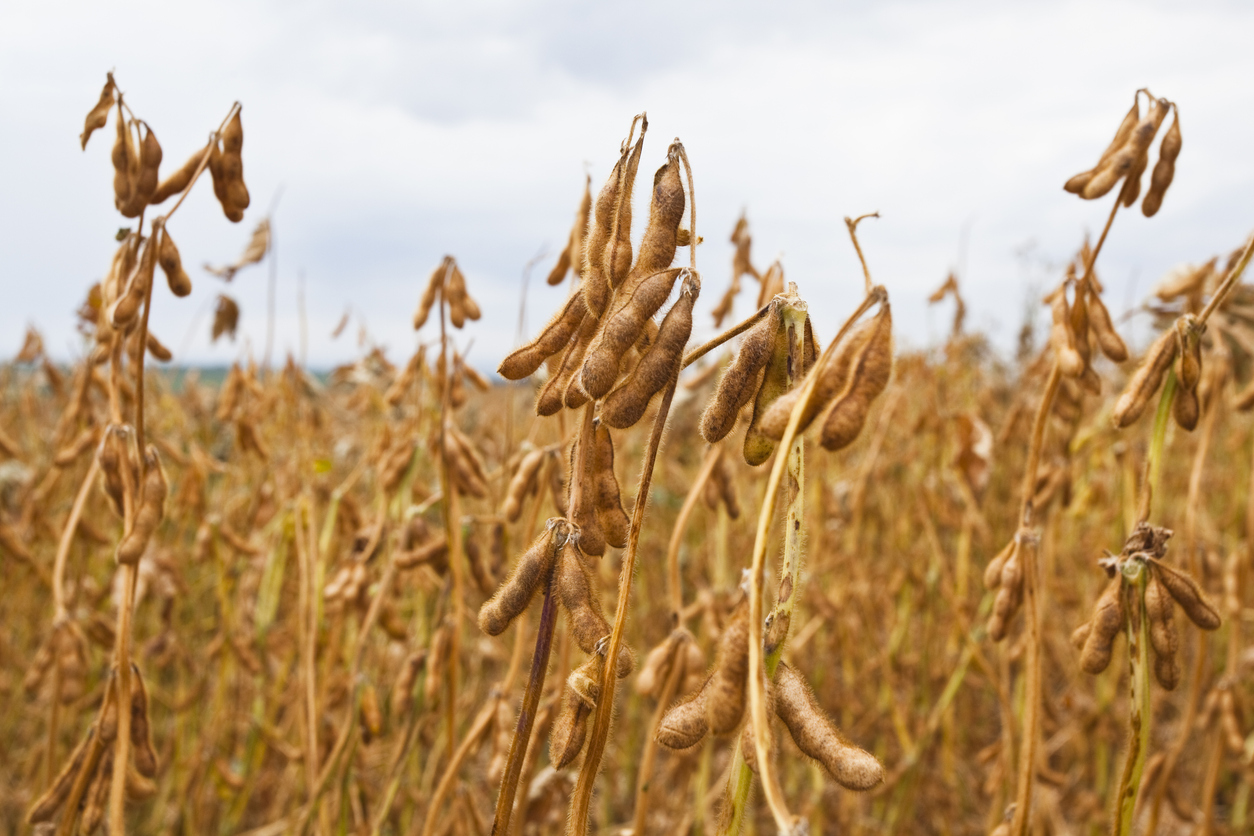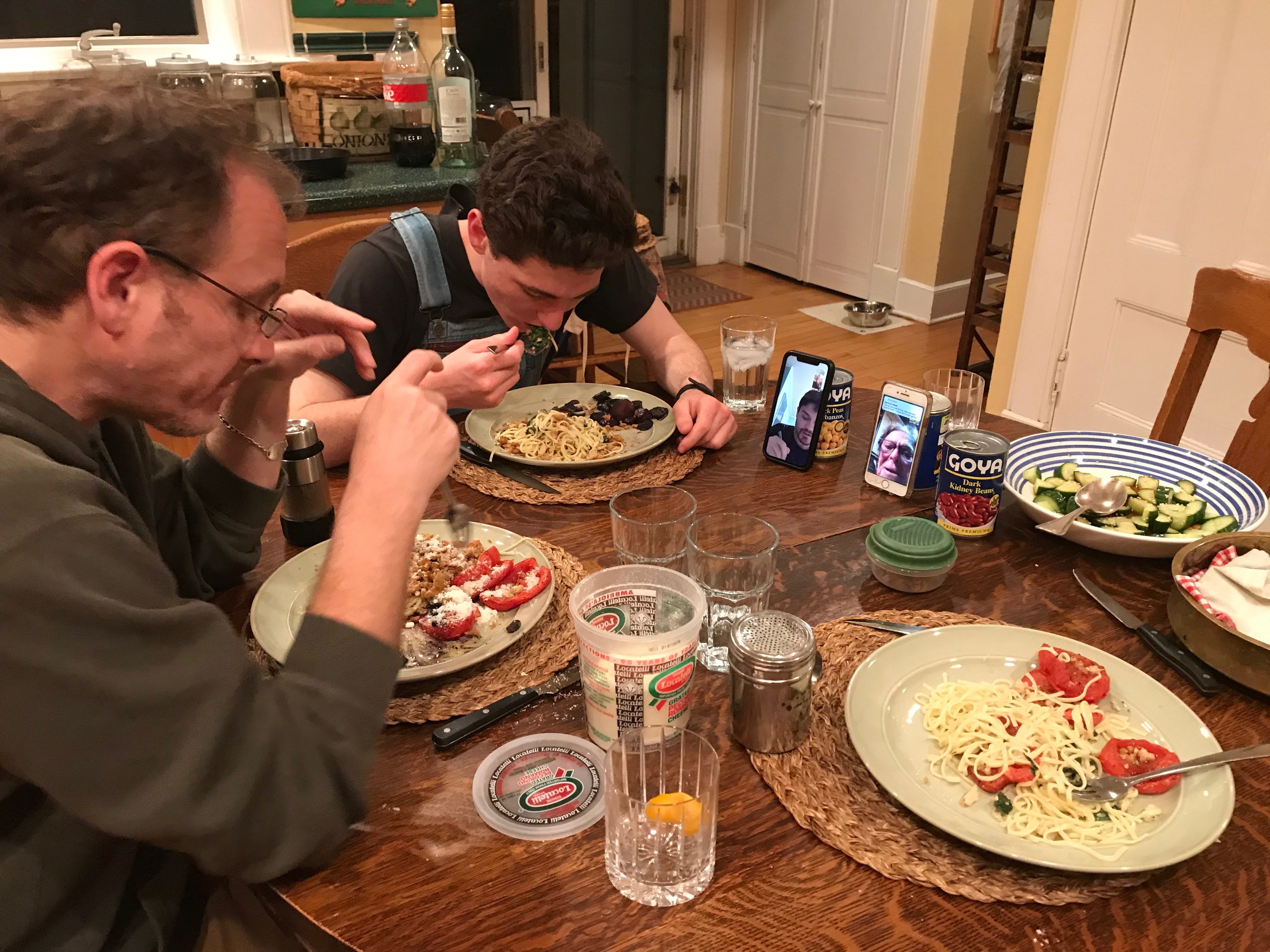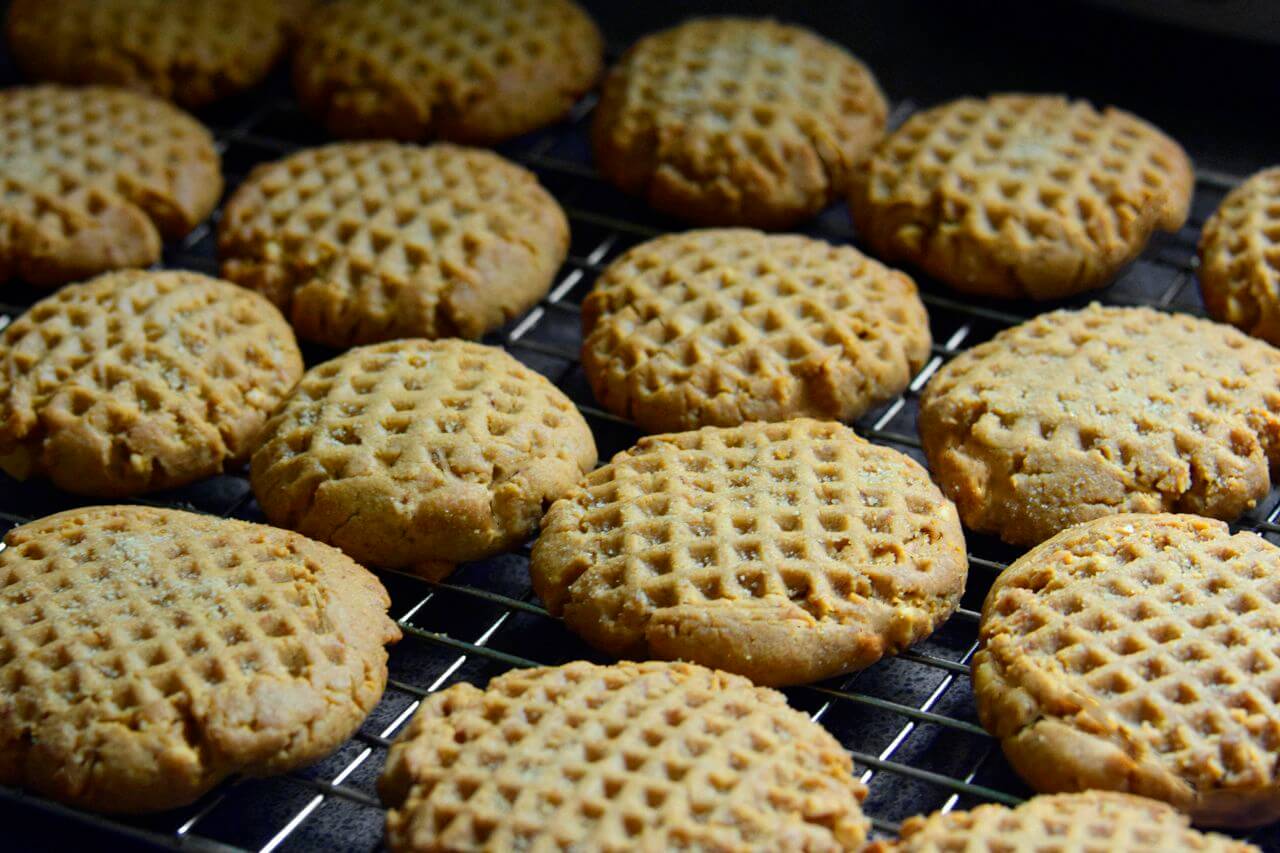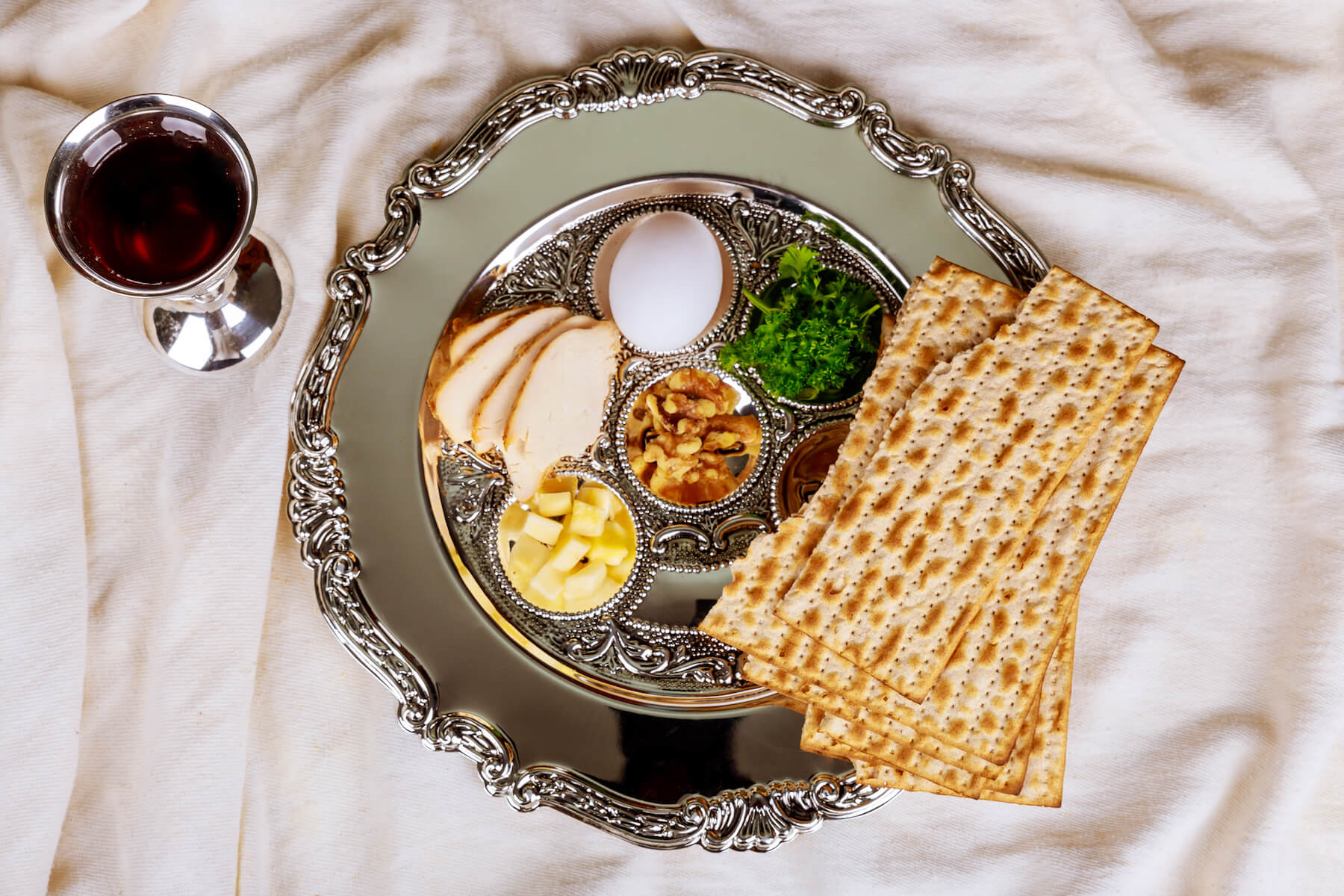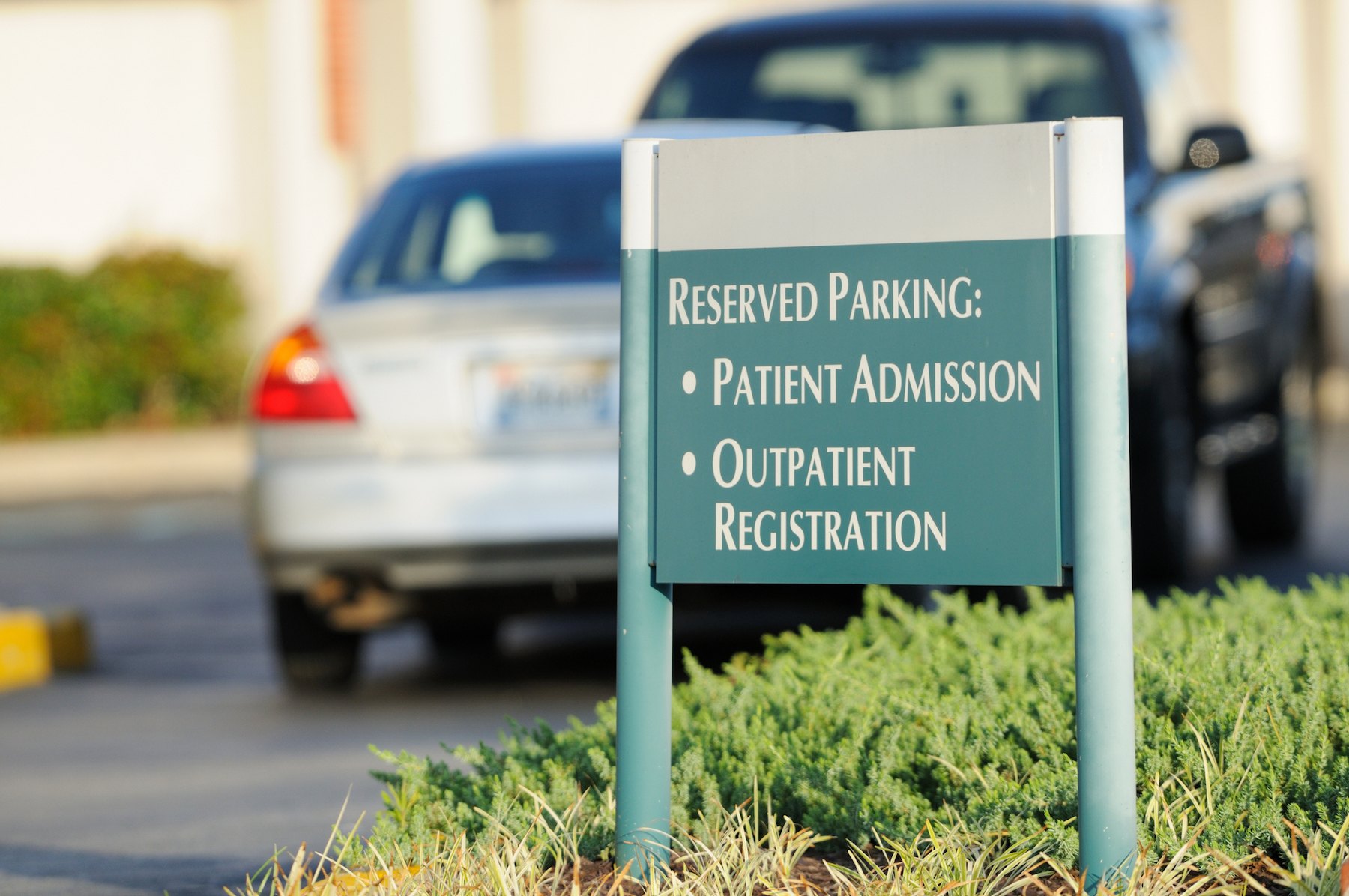
iStock / sshepard
Living on pantry supplies for four weeks helped me remember how to cook for myself—not just for Instagram.
Normally I make dinner by figuring out what I feel like eating. I’m a recipe developer, food photographer and blogger—so if I’m craving a roast chicken, I make roast chicken. Thankfully I live within four blocks of three different grocery stores. I tend to go shopping early, and daily, because I can.
But as Covid-19 started to spread across the U.S., around mid-February, that part of my routine suddenly became impossible. The problem wasn’t that I was scared to get sick myself. I was afraid for my 80-year-old mom, who’d just opted to do prophylactic radiation therapy. She’d found a lump a few months before. Though the lump was benign, the doctors told her there was a chance something more aggressive could appear. The chance dropped significantly if she did elective radiation therapy. So she signed up, and I signed up to drive her to the appointments. I didn’t want her taking public transit or risking infection in a random Uber/Lyft.
My partner and I were in no real danger of starving. But we lived for an entire month off our pantry.
That meant I wouldn’t be going to go to the grocery store, or anywhere else the public went. Each day, I dropped my mom off at radiation therapy, never exiting my car, and picked her up again. I found myself walking quickly between my apartment and the garage, giving everyone a wide berth on the street. For four weeks, aside from entering the hospital with my mom, that two-block walk was the only time I allowed myself outside my apartment.
My partner and I were in no real danger of starving. But we lived for an entire month off our pantry—which tends to be very full, given my line of work. I found myself using unusual, stray, and forgotten items, samples, gifts from clients, ingredients left over from past gigs and planned projects I’d left undone. Black garlic gave a sweet boost of umami in BBQ sauce. That half-forgotten jar of Marmite in the back of my fridge went into a shepherd’s pie, giving surprising richness. Recipes like cookies and cakes were crossed off the bake list, since I wanted to conserve flour for when I really needed it. Only essentials were made.
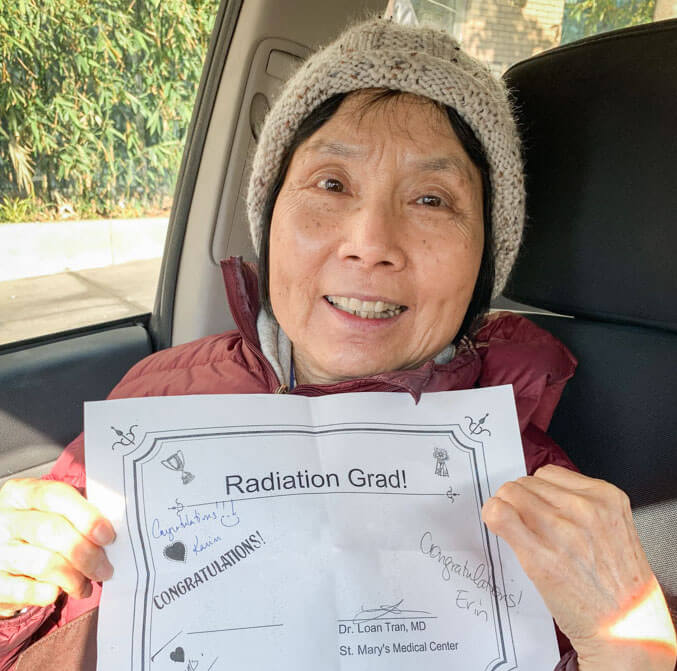
Irvin Lin
A photo the author’s mother with her radiation therapy “graduation” certificate
I started to enjoy these decisions of necessity—Bolognese sauce on elbow macaroni instead of spaghetti. For the first time in a long time, I was making food for myself, not for an audience. I found myself making meals without taking photos , without taking notes. It was the way I used to cook, a pinch here or a dash there. Taste and adjust. Did it matter if I couldn’t replicate this dish again? No. It was my own version of Chopped, trying to see if I could repurpose two yellow carrots, those five shriveled green onions, and eight ounces of frozen bacon from who knows when into a palatable dish. (Spoiler alert: It makes a fine risotto).
In the four weeks that my mom was in radiation therapy, I did not go to the grocery store at all. My partner also actively avoided public areas, though he did break down and go to the local store once to stock up on coffee, heavy cream, and some onions (one staple that I was running out of). Otherwise, the pantry more than sustained us for a month. I probably had enough food for two more months. The food wasn’t exactly Instagram fodder—I had long run out of Italian parsley and fresh herbs to sprinkle over everything. But we weren’t eating poorly. Just more resourcefully.
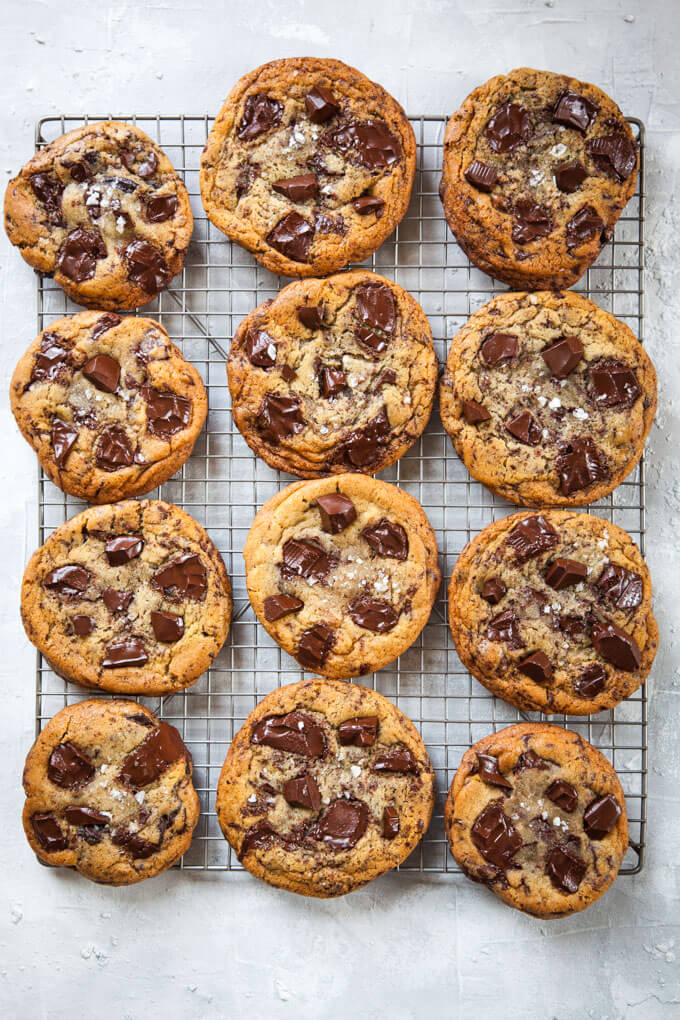
Irvin Lin
A batch of cookies baked by the author after his mother’s treatment was over
About a week after San Francisco’s shelter-in-place order was given, my mom finished her daily sessions. That day, when I dropped her off at home after her final therapy, I took her photograph with my iPhone. She smiled, holding her graduation “diploma” from radiation, signed by all the doctors, nurses, and technicians. I wasn’t able to say goodbye or thank you to any of them. I hadn’t been allowed into the hospital for a week as a visitor because of the new rules. I had been waiting in the car, watching her walk into the hospital by herself and then walk back out to me in the parking lot.
After taking her photos, telling her congratulations, and watching her walk into her apartment building, I drove directly to the grocery store. For the first time in a month. I bought 20 pounds of flour, along with a few other staples. At home again, I washed my hands for 20 seconds, but didn’t make anything right away. I let the flour sit in the corner of my kitchen floor, untouched for 48 hours, hoping that any virus on the paper bags would die.
Two days later, when I was sure it would be safe, I baked up a batch of cookies.
